Releasing the Sound of Reconciliation
Andrea conceived of a project to release a sound of reconciliation over the Peoria area to bring about healing and unity in the midst of racial strife and division, learning that her friend and director of the Southside Community Center, Pastor Irene Lewis-Wimbley, had been thinking the same thoughts for a year.
Andrea had the idea for a three-part piece using the Psalms, widely regarded as the most emotional part of the Bible, as a text. She asked Irene to select a few psalms and organize them according to Lamentation, Confession/Repentance, and Blessing. The Psalms should be delivered in the call and response format that is part of the rich African-American musical tradition. Unfortunately, when this musical form was first heard in the United States, it was used to advance African slaves across a field at the same time so that no one stood or lifted their head or eyes for fear of punishment. Pastor Irene, who is half African-American, one-quarter native American, and one-quarter Latina, took the lead in most of the Lamentations during this performance, and soprano Laurel Beard responded to her cries in both Hebrew and English. Pastor Irene did not stoop or bend to depict the call and response in the way her ancestors would have performed it—she stood erect to redeem the beautiful musical tradition from its traumatic roots. The performance was accompanied by percussionist Antonio Mables, Jr. providing rhythmic support throughout the piece and praying between the sections.
The second part of the piece is a dramatic reading by Laurel and Irene of a portion of Psalm 51 accompanied by a heartbeat rhythm on the djembe. The third is a blessing after the Lamentation and the Confession/Repentance. After each blessing is delivered, blasts are heard from the shofars, which were a means of communication for the Jewish people. In this performance the shofars symbolize victory over the things that bind us, summoning spiritual breakthroughs.
The cast of this production performed in an improvisatory manner, in that it was performance art loosely set to leave room for inspiration at the time of the production. This production was filmed on the Illinois River the last day of Passover, April 3, 2021 and Resurrection Sunday, April 4, 2021. It was significant to record this project during Passover, because of the symbolism of the Jews’ freedom from slavery in Egypt. Likewise, there was much symbolism in recording on Easter—victory over death, or the mindset of death and destruction.

